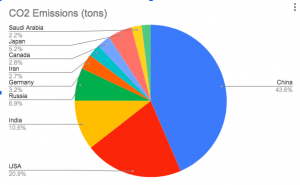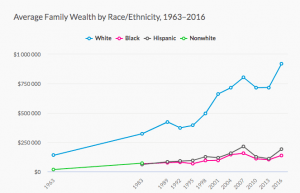For the last blog of the year, I wanted to focus on something very broad that covers much of the worlds views and understanding of climate change. This is no easy task to quantify. Obviously, the worlds more advanced and industrialized countries will have a higher understanding of the dangers of climate change while the populations of third world countries are proven to likely be more concerned with locating the day to day necessities of life rather than showing concern for what their grandchildren’s future may look like.

This chart here shows a list of surveyed countries and where they rank on how large of a threat they see climate change to be. After viewing this, it is pretty embarrassing that roughly 40% of the Americans don’t see climate change as a serious threat but that they are more concerned with ISIS and cyber attacks – this is a serious lack of intellect. However, over a 5 year span from 2013-2018, every country on this list had an increasing concern in regards to climate change, which I guess is a good sign when it comes to awareness. A quick political digression, but in the US, in 2018, 27% of republicans viewed climate change as a real threat while 83% of democrats viewed it as a threat. This is in direct result of former President Trump and makes Americans look dumb compared to the other world powers.




